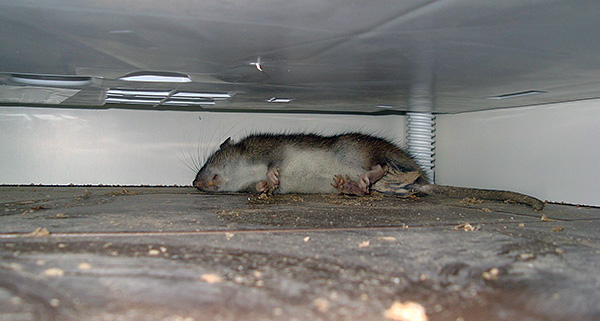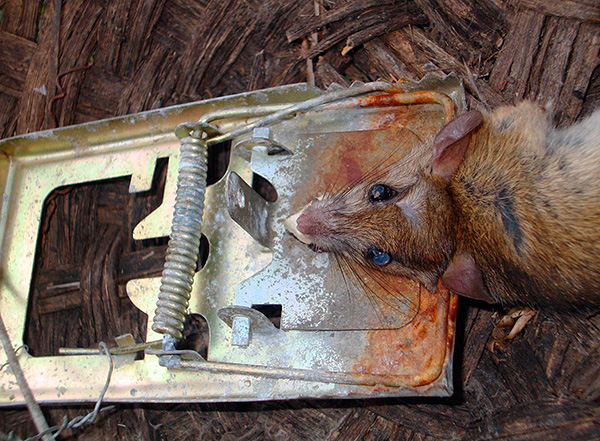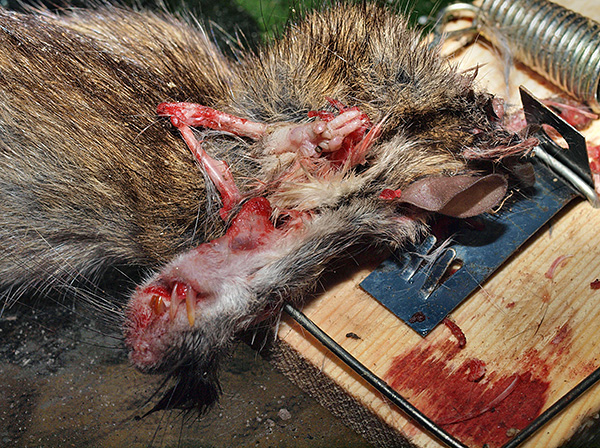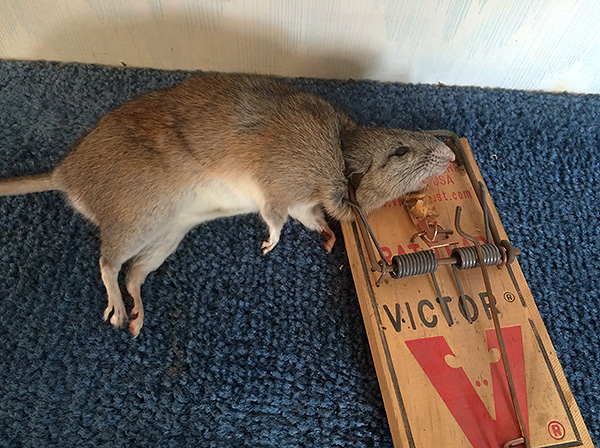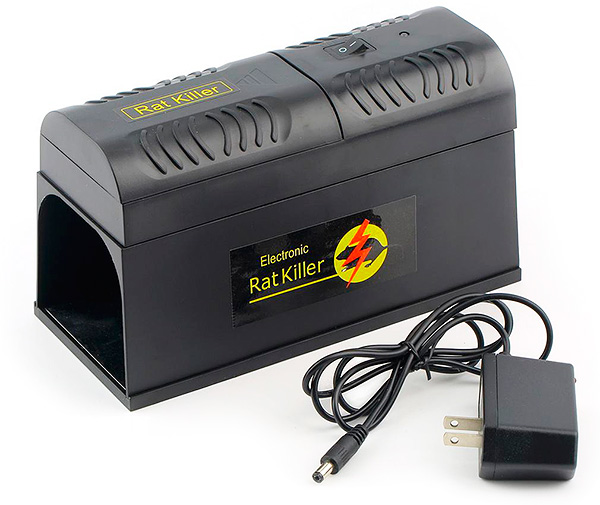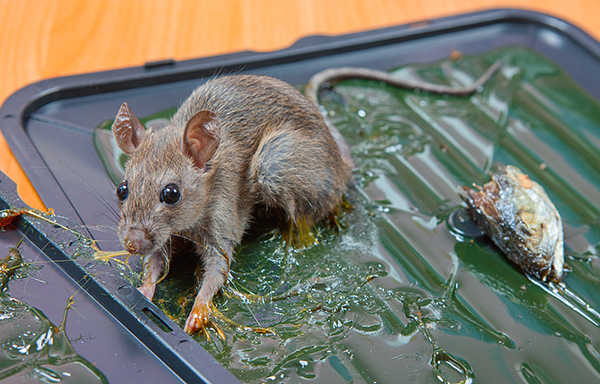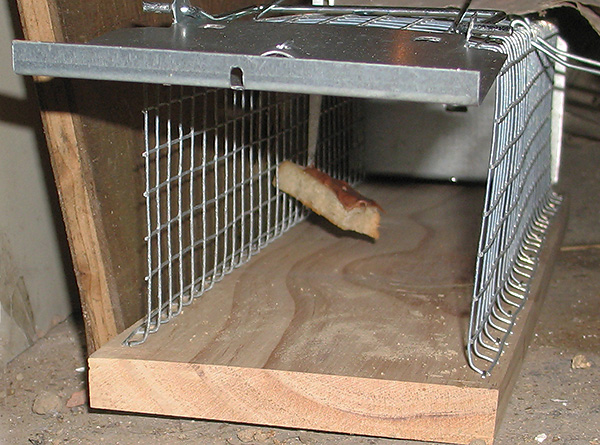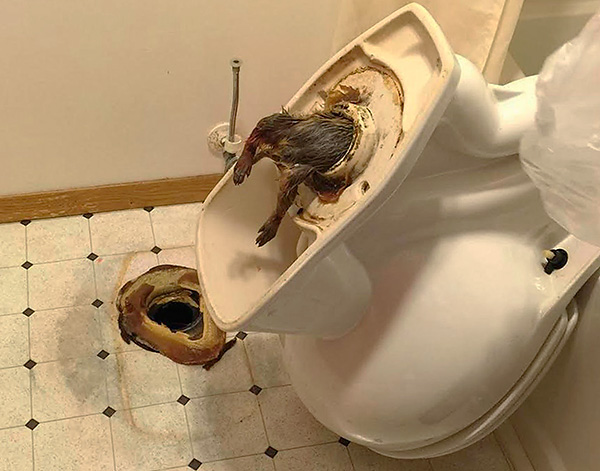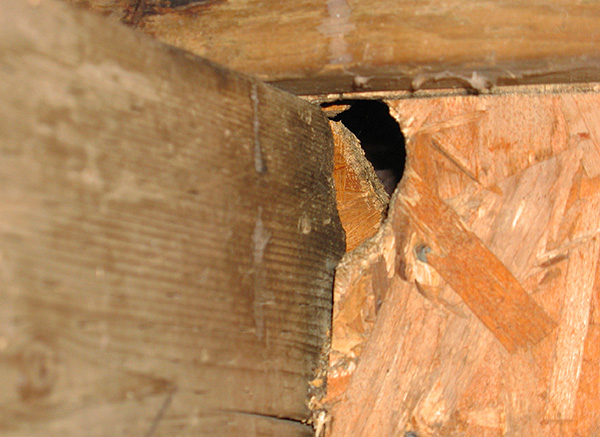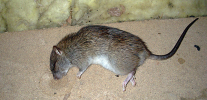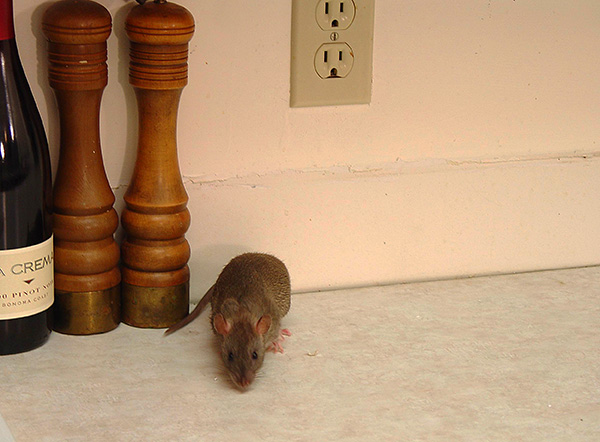
Usually, when they try to get rid of rats in a private house, the first thing they use is mousetraps (rat traps), or one or another rat poison. Someone may still remember about cell traps, about glue from rodents, electric traps and ultrasonic repellers. But here's the problem - often the use of these and other means in a private house does not give a visible result, or the result is minimal.
It also happens that the result is not at all pleasing - for example, a poisoned rat begins to gradually decompose somewhere behind the wall or under the floor, saturating almost the entire house for several months with a cadaverous smell.
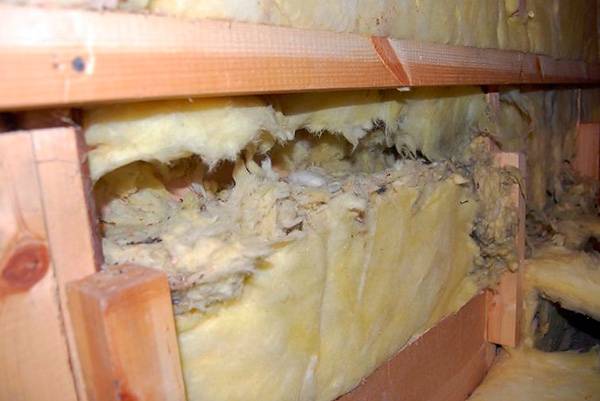
So, to obtain the necessary effect in the fight against rats and mice, it is important to take into account the specifics of a private house: in most cases there is a direct connection with the street (which the owners often do not even suspect about), cavities under the floor and walls, usually many rooms, there is a basement , an attic with a lot of insulation under the roof is an almost perfect place for rodents to live.
Secondly, you need to choose the right means and methods of combating rats, taking into account the important nuances of their practical application (sometimes even when using an effective tool, the result is zero - for example, when the owner of the house buys an effective rat trap and puts the bait in it absolutely unattractive for rats, or even sets the rat trap in a different place).
Well, then we’ll talk about how to get rid of rats effectively at normal home conditions with minimal risks for residents and pets.
Features of the fight against rats in a private house
If you approach the problem from the point of view of a professional disinfestator, then getting rid of rats and mice in a private house seems to be a more difficult task than, for example, in an apartment or in a small commercial enterprise.
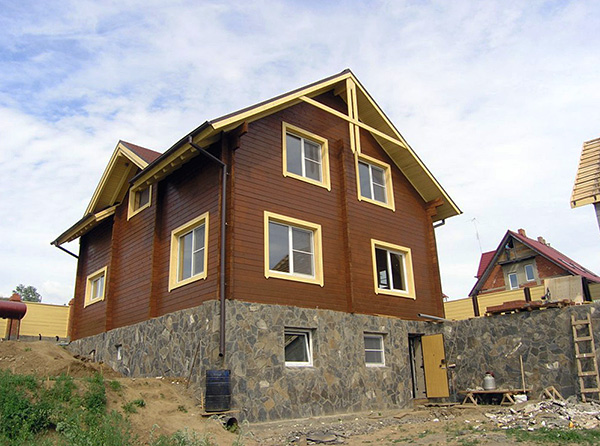
There are several reasons for this:
- A house usually has a large area, and often the product used in one part of it does not affect rodents living in another part or on another floor. This is especially true for devices having a strictly defined coverage area (for example, for ultrasonic repellers);
- In private houses there are rooms of various types and varying degrees of clutter. In the case of severe cluttering of rooms, getting rid of rats may be more difficult;
- Often in homes there are many places convenient for living and moving rats, and not all such places can be used to control rodents;
- People live in the house, often with children and pets, and some means of fighting rats and mice can simply be dangerous for residents. For example, highly effective rat poison and traps can usually be used to kill rodents in the basement, but in the kitchen or in the bedroom they can usually not be used for safety reasons;
- In some houses, it is generally undesirable to use poisons, since rats can die in inaccessible places (for example, over the ceiling, under the floor or in the insulation of the wall of a house) and, when decomposed, will emit a disgusting smell for a long time;

- A huge number of rats and mice are often kept right around the house - in the garden, in the barn, in neighboring areas. And all of them will constantly strive to enter the house (especially when it is cold outside and not enough food). Therefore, by the way, once and for all getting rid of rats in the house is quite problematic - you can destroy already living pests, but their new squads will willingly try to enter the room again and again;
- A variety of layouts, sizes, building materials, quality of houses and, as a consequence, the lack of a universal method of controlling rodents. What works in a small house may be ineffective in a large one.
Nevertheless, there are quite universal principles for the effective fight against rats and mice, applicable in private homes. Let's talk about how to put all this into practice and what specific means can be used.
How to effectively use traps for rats?
In most cases, various rat traps are most preferred. Many of them, when used correctly, are very effective, they can be used to methodically destroy rats one by one with their own forces until complete extermination. At the same time, rat traps are quite affordable: you can buy them in the markets, in household goods stores and in online stores.
On a note
It is also worth keeping in mind that well-made home-made traps work no worse than industrial ones.
An important advantage of traps over poisons when used in a private home: in the case of poisoning, there is a high risk of rodents pulling the poison around the house or summer cottage, in addition, pets can find and eat a poisoned dying rodent. When using traps, these risks are eliminated. And importantly, when using traps, you can be sure that the dead rat or mouse will not decompose somewhere behind the wall of the house.
However, traps for rats and mice have a number of disadvantages that must also be considered:
- The trap needs to be regularly checked and reloaded, it will not catch several rodents at once (the exception is modern electric traps for rats and some types of live traps - we will talk about them a little later);
- When using traps, you need to pull out from them killed rats, often having traces of painful death - bulging eyes, a broken skull, a pool of blood around the trap. And if we are talking about a live trap, then from it you need to take out a live, frightened animal, which can painfully bite if you act incorrectly;
- Quite effective and easy to operate lethal traps - crush - pose some danger to pets and children (a powerful spring can break a cat’s paw or a child’s finger).
You can use potentially dangerous traps (mousetraps and rat traps by the type of crush with a spring) only in those rooms where children and pets do not enter - in the basement, pantry, boiler room, in the attic.
As an option, the trap can be placed in a closed box, in the wall of which several holes with a diameter of about 5 cm are made - exactly those into which the hungry rat squeezes, but through which none of the pets get into it.
Such boxes are called bait stations - they are on sale (usually made of plastic). They can be used in any room, but sometimes the most careful rats still do not climb into them, even if there is a very attractive bait inside (in the trap).
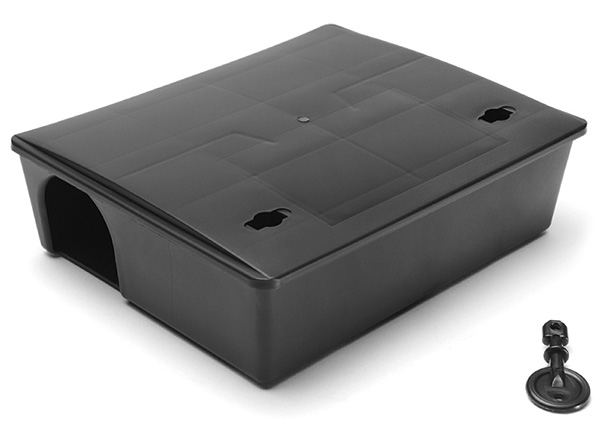
Live traps in this regard are more convenient - they do not pose a threat either to people or to pets, and they can catch rodents even in the bedroom or children's room. But they make them solve additional problems: how to kill the animal on their own after capture, or where to take it out and release it so that it does not return to the house. Not everyone can kill a living rat, but not everyone has the time to release it a kilometer from home.
The most popular rat traps are divided into several types:
- Crushers are the same well-known dies with a spring, colloquially called mousetraps, only for mice they are small, and for rats more. They are quite effective, inexpensive and durable, but when used without bait stations are not always safe;
- Electric rat traps in which a rat is killed by an electrical discharge.The most modern models of them are able to “pack” carcasses of victims in a special compartment and recharge, due to which a rat trap can kill several rats without checking a person. To throw them away, just shake out the contents of the compartment in a garbage bag;

- Glue traps, which are made of cardboard or plastic with a special glue from rodents applied to the surface (there are ready-to-use sticky traps of industrial production, or you can buy glue and make such a trap for rats and mice with your own hands). In general, it can be said that glue traps are difficult to use, cause a lot of trouble if a pet or child gets dirty with glue, and are very inhumane - the animal dies on glue with a painful death for several days. On the other hand, glue from rodents is good because they can catch not only rats and mice, but also domestic insect pests - cockroaches sometimes stick to it in much larger quantities than rodents;

- The live traps in the form of cages with a slamming door are perhaps the safest, but rather bulky and worse on sale.

If rats wound up in a private house for a long time and managed to breed, it sometimes takes a considerable amount of time to deal with them using rat traps. It is likely that in a large house the trap will have to be rearranged several times, choosing the best place, or catching rodents in turn in each room. It is best to place the device where excrement and traces of the feast of animals are found, or it is precisely known that rodents are running around here (for example, traces of rubbing rats with hair are visible).
On the other hand, a trap bought once will serve for years. The only consumable in it is bait.
It should be borne in mind that the effectiveness of using a trap depends to a large extent on bait. Even the most effective trap will not work if you charge it with an unattractive rodent bait, and vice versa - a good bait will lure even a cautious rat into a trap that the animal would otherwise prefer to bypass.
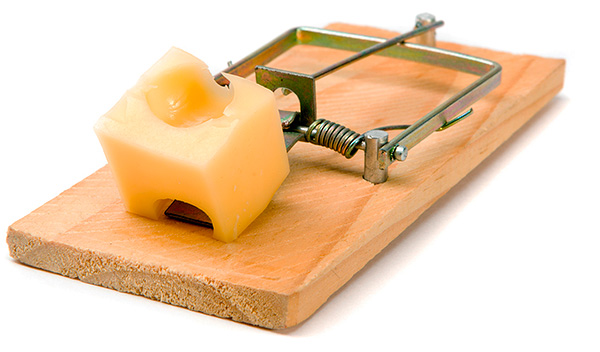
Practice shows that the best lures for rats are smoked sausage, minced meat with onions, lard, canned fish, and for mice - pieces of fruit, all the same lard or crust of bread soaked in vegetable oil.
On a note
In general, it is fat that can be considered one of the most universal and effective baits for any rodents in the house. There is a little trick - if before putting into the rat trap fat is slightly burned with a match, then even the most intelligent and cautious rats often cannot resist its smell.
Traps should be charged and placed in the house as long as rats are caught in them. It often happens that rodents visually no longer show themselves, but, for example, the trap stably continues to catch them day after day. For the same reason, by the way, it’s useful to just keep a charged rat trap in places where rats appear most often - if a new pest gets into the house from the street, he will immediately try to steal the bait lying in the most prominent place and be caught ...
Simplify your life: home-made rat traps from improvised materials
A trap for rodents can also be made with your own hands from improvised means. This allows you to get rid of rats and mice with minimal financial costs, and often home-made traps work no worse than industrial options.
For example, at home a very effective live trap is very easily made from a deep container, a piece of thick wire and two or three trims. The task here is to make a tipping bridge out of wire and one bar.A bait is placed on the edge of the bridge, it is mounted on the container, and an impromptu ladder is made to the entire structure, along which the animal can climb to the edge of the container. As soon as he tries to approach the bait, the bridge overturns, and the rat falls into the tank.
It is useful to do two unobvious things in such a design:
- Pour water into the container so that the rat could not push off from the bottom and jump out;
- Attach the bait to the bridge - after the rat falls into the tank, the structure will return to its original position and will be able to catch more than one rat.
There are many options for implementing this mechanism: a rat can fall off the table, climbing into a cardboard house with a bait on the edge; or above the container (barrel, bucket) you can place a bottle rotating on a metal rod, coated with bait, so that it turns under the weight of the animal and "drops" it into the container.
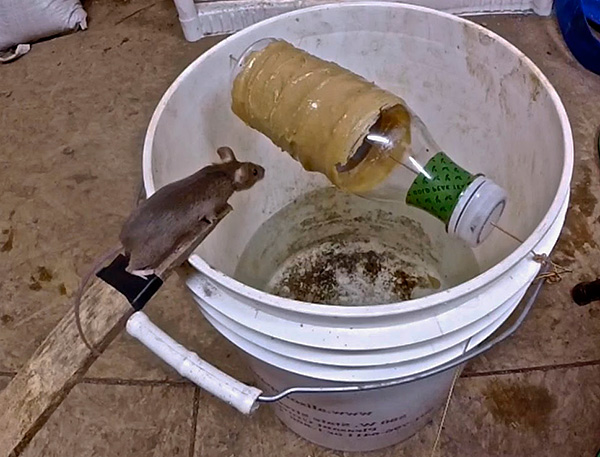
Below in the video you can see a good example of how such a trap works:
There are other options for simple home-made traps that allow you to get rid of rats in a private house without the use of any other means. Including traps can be made lethal, so that later the rat did not have to be killed in person or shaken alive.
Such traps are used as well as purchased ones, and their main advantages are the possibility of manufacturing at home and, in most cases, increased safety of use (which, however, depends on the design).
On a note
But the conditional free use of makeshift rat traps is hardly worth considering as such a significant advantage. The price of a good crush today is 70-80 rubles, and rat poison in an amount sufficient to get rid of rats in a medium-sized private house costs about 50 rubles on the market. At the same time, not every home owner will be ready to spend an hour or two of his time creating a makeshift rat trap.
We summarize: traps are well suited for the safe methodical extermination of rats in the house, and if you use them together with bait stations, then you can catch rodents in almost any room. Perhaps traps will not work, in those cases when a large number of rats or mice need to be destroyed as quickly as possible, and all at once.
In this case, poison for rodents can come to the rescue.
How to get rid of rats in the house with the help of poison?
One of the main advantages of the so-called rat poison - the ability to quickly destroy with their help a large number of rodents. After unfolding in the house, such drugs work completely autonomously, and only as the animals eat the poison, its amount needs to be periodically replenished with new portions.

An example of how this usually works in practice: for example, if five rats live in a house and all of them eat such poisonous bait in one night, then they will all die at about the same time. In a week or two, the house will already be spared from rodents.
However, it should be borne in mind that not all rat poisons are equally effective - the most effective drugs today contain blood anticoagulants as active substances (substances that cause extensive hemorrhages in the internal organs in rats and subsequent death).
Among such substances are flocumafen, brodifacum, bromadiolone, diphenacum and some others. Of the drugs based on them, the following are quite popular (not without reason):
- Storm;
- Nutcracker;
- Rat Death No. 1 and No. 2;
- Efa;
- Ratindan.
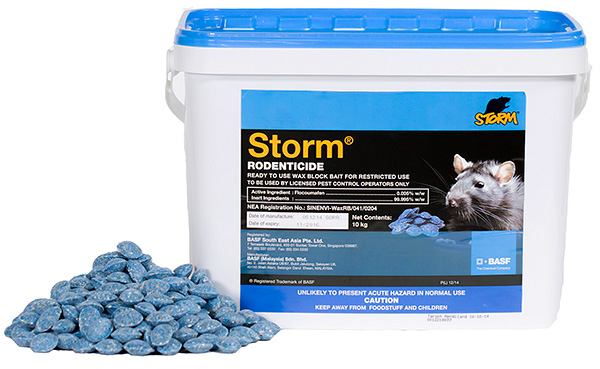

And some others.
These rodent poisons are inexpensive, they are sold in many stores and really allow you to get rid of rats and mice even in a large private house. The principle of their action is based on the fact that the animal disrupts the mechanism of blood coagulation after eating poison and, as a result, multiple internal bleeding develops.
On a note
Approximately on the third or fourth day after the first eating of the poisoned bait, the animal dies.Rats do not recognize the presence of poison in the bait by smell, and before receiving a lethal dose, the animal does not feel signs of poisoning - due to this, pests do not develop wariness in relation to such products, they do not avoid them and actively poison them.
Poisons are laid out where rodents are likely to find them. Periodically, the presence of poison is checked, and new portions are put in place of the eaten bait.
You can use rat poison only where pets, children, and generally anyone other than rats and mice cannot find them. In particular, the use of such drugs on the street where birds or stray animals may be poisoned is unacceptable. The danger to pets that might eat a dying or already dead poisoned rat should also be taken into account.
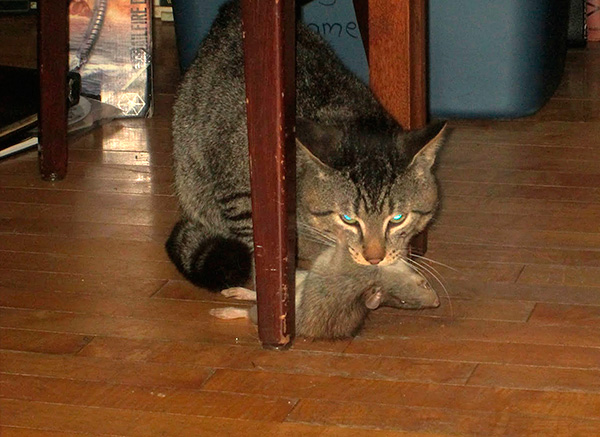
In order to increase the safety of use, poison, like traps, can be used in bait stations. However, although the pets themselves will not find the poison itself, they can very well detect the poisoned rat.
On a note
It is worth noting that the so-called "mummifying" poison does not actually exist. The promise of a mummifying effect is nothing more than an advertising move by sellers, and when the poisoned rat begins to decompose inside the house, it will be very problematic to live in it because of the disgusting smell.
This is especially true for wooden private houses in which rats and mice can die in their burrows (and nests) between the boards, under the floor or in the insulation. It is important to remember that these animals actively bite almost all soft heaters and polyurethane foam, and, having died inside such material, the animal stinks over the entire wall for months.
Summary: it makes sense to use poisons where there are a lot of rats, and at the same time it will be possible to find the corpses of animals after death without much effort - in stone houses and basements with a strong good finish, in rooms in whose walls soft insulation is not used. However, if there is a risk that the cat or dog will find the poisoned rodent, it is better to refuse to use the poison.
What is useful to know about the use of ultrasonic rat and mouse repellers
Ultrasonic rodent repellers are good in that they can sometimes be used to get rid of rats in the house without killing animals and not contacting them at all. An effective repeller simply generates high-frequency sounds that create discomfort in rats, and they try to leave the house.
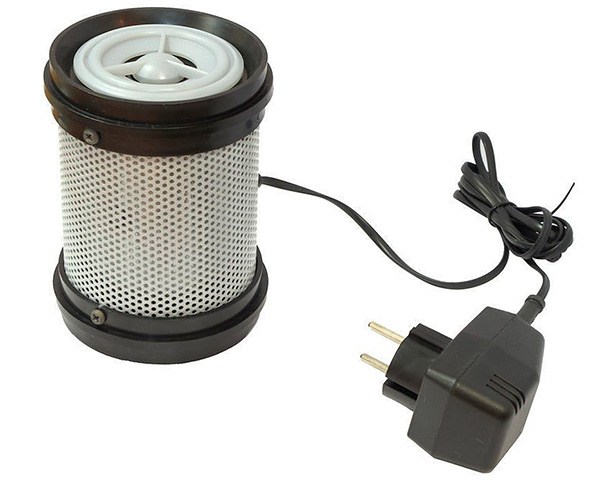
At the same time, the signals of ultrasonic repellers are not audible to humans, and therefore the operation of the device at home is almost invisible to people (however, some may have a headache from ultrasound). But pets can clearly respond to ultrasound - often devices cause them stress and discomfort. This must be taken into account: if rats need to be driven out of the room in which the cat or dog is constantly located, then it is better not to use an ultrasonic repeller for this.
A significant drawback of ultrasonic repellers is that they protect only a strictly limited area from rats and mice, basically - they allow you to get rid of rodents within the same room (ultrasound does not penetrate walls and, moreover, is actively absorbed by carpets, upholstered furniture and other interior items).
As a rule, rather expensive devices cope more or less reliably with the protection of large rooms of a private house - Biostrazh (about 4,500 rubles), Chiston 2 Pro (cost about 2,500 rubles), Banzai TM-315 (about 10,000 rubles). More modest repellers sometimes manage to scare away rats from small rooms, for example, from a small basement or from a garage, or from part of them, while literally through the wall the rats will feel quite comfortable.
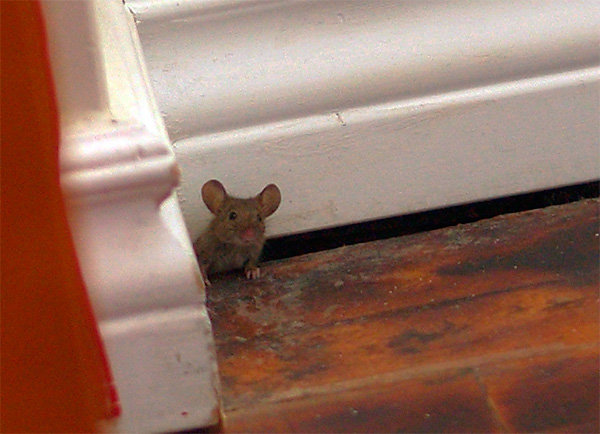
It is clear that completely getting rid of pests in a large private house in this way is unlikely to succeed, and it would be much more rational and effective to catch rodents with a trap.
It should also be borne in mind that sometimes even powerful ultrasonic repellers do not allow you to get rid of rats in the house (in the basement, pantry, room). This is due to the fact that rats can get used to the ultrasound emitted by the device. It will be possible to verify exactly whether the device will work or not, only in practice.
On a note
Chinese inexpensive devices in the form of small boxes, positioned today as magnetic resonance or electromagnetic, and supposedly allowing you to get rid of any pests in the house (rats, mice, cockroaches, bedbugs, ants, etc.), in practice do not give a visible effect , as evidenced by numerous reviews on the Internet.
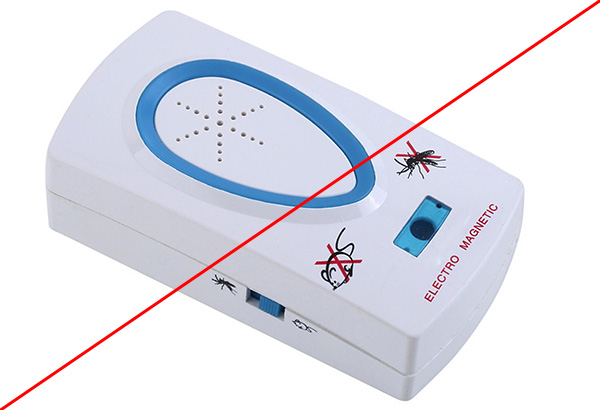
Folk remedies from rats for a private house
When rats are brought up somewhere in a country house and completely overpowered by tenants, old "grandmother" recipes for fighting rodents are often used. Indeed, some of these tools sometimes give results.
For example, poison for mice and rats made of milk with alabaster can to some extent replace more effective and modern means based on blood anticoagulants. Alabaster (gypsum), once in the rodent's gastrointestinal tract, leads to bowel obstruction, as a result of which the animal dies. However, in practice, rats are usually wary of such baits and avoid them.
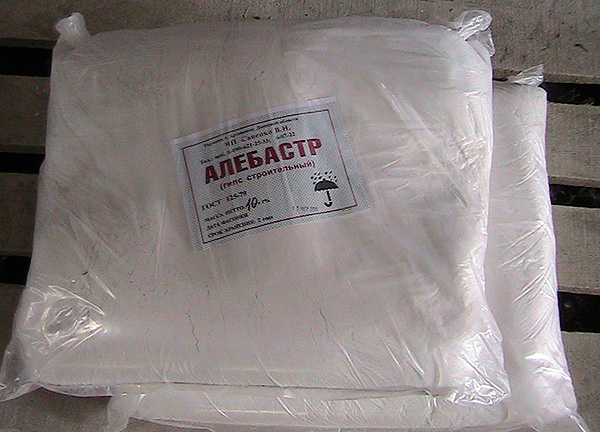
Sometimes in private homes rat holes are plugged with rags moistened with kerosene or vinegar - it is assumed that due to the strong smell this will allow to scare rats out of the room. Ground red pepper was also used to scare off earlier, however, the effectiveness of such deterrents is very small.
In general, we can say that it is rarely possible to completely get rid of rats in a private house with the help of folk remedies alone. But even if you try to do this, you must consider the possible dangers.

For example, actively wetting rat holes with kerosene or methylated spirits, one should not forget that these liquids are flammable, and milk with alabaster mixed in it is dangerous not only for rats, but also for cats and dogs.
Protection of the house from rodents
All the means and methods of getting rid of rodents discussed above, even effective ones, have one common drawback - they are all temporary. Rats can be poisoned, they can be caught, sometimes scared away, but if once they appeared in a private house, it means they found a way here, and it is very likely that their brothers will come here the same way in the future.
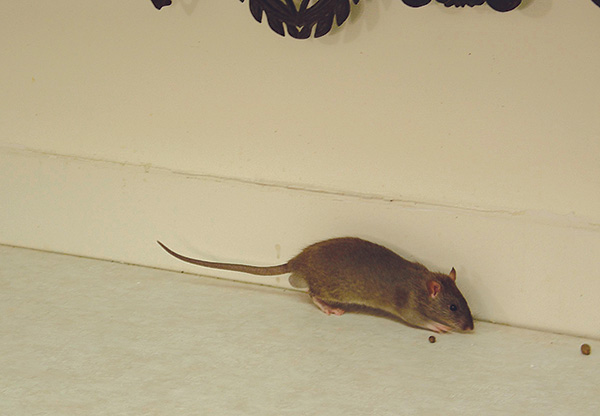
Therefore, as soon as we managed to get rid of the rats in the house, we must do everything possible so that in the future they will not get here. To do this:
- Find out how pests get into the house. There can be many options - rats and mice can dig holes under the basement in the basement, gnaw insulation, make holes in wooden walls, climb through open doors or through ventilation pipes, penetrate the sewer;


- To block the penetration of rodents - close the ventilation with a metal mesh, lay a mesh under the floor in the basement (if the floor is earthen), use materials that do not gnaw at the house insulation (for example, they gnaw construction foam, so claydite, foam glass, ecowool can be used);
- Take measures to ensure that, near the house, rats become smaller. It is useful to keep a cat-trap in the courtyard (and run it from time to time into the house), apply the same protection measures in the barn and summer kitchen as in the house, take care of the garden and the garden so that rodents do not feel at ease there. In such circumstances, the likelihood that pests will get to the house is significantly reduced.
Finally, in the most difficult situations, you can call the experts of the disinfestation services.Their services are quite expensive (at least if it’s a really good service), but when the rats really get over it, and you can’t get rid of them yourself, or you don’t want to do it, professionals usually solve the problem quickly enough.
If you have personal experience in fighting rats in a private house, be sure to share your story by leaving a review at the bottom of this page.
Interesting video: we make traps for rodents from improvised means
An example of manufacturing another original rat trap

